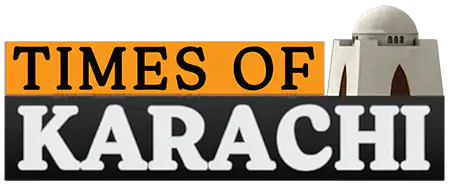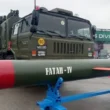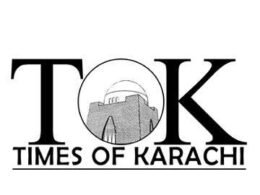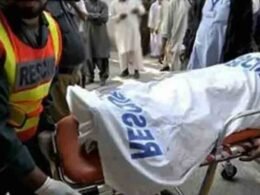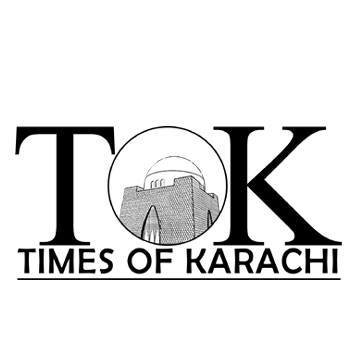The much-anticipated Red Line Bus Rapid Transit (BRT) project in Karachi, initially set to revolutionize the city’s transportation landscape, has encountered significant delays, casting shadows over its completion timeline and escalating costs.
Launched as a collaborative effort involving international organizations such as the Asian Development Bank, the $500 million project aimed to construct a 24 km corridor stretching from Malir Halt to the exhibition center, promising improved connectivity and enhanced public transportation services.
However, the development works on the project have ground to a halt for several months, with contractors citing challenges exacerbated by the fluctuating dollar value and inflationary pressures. The project, which was slated for completion in 2024, now faces uncertainties and setbacks, raising concerns among stakeholders and citizens alike.
The initial cost estimate of 79 billion rupees has ballooned to 139 billion rupees due to the prevailing economic conditions and currency devaluation, further complicating the project’s financial viability and resource allocation.
Despite assurances from project management regarding signed contracts with contractors, the resumption of work remains contingent upon overcoming various hurdles and logistical challenges. The anticipated restart in the first week of May offers a glimmer of hope, yet the road ahead appears fraught with complexities and uncertainties.
The project’s delays have not only impacted traffic flow along University Road but have also disrupted essential services such as water, electricity, communication, and gas facilities, underscoring the intricate nature of infrastructure development in urban environments.
As Karachi grapples with the repercussions of project delays and escalating costs, stakeholders are urging swift action and effective management strategies to navigate through the challenges and ensure the timely completion of the Red Line BRT project, essential for enhancing the city’s mobility and addressing its burgeoning transportation needs.
